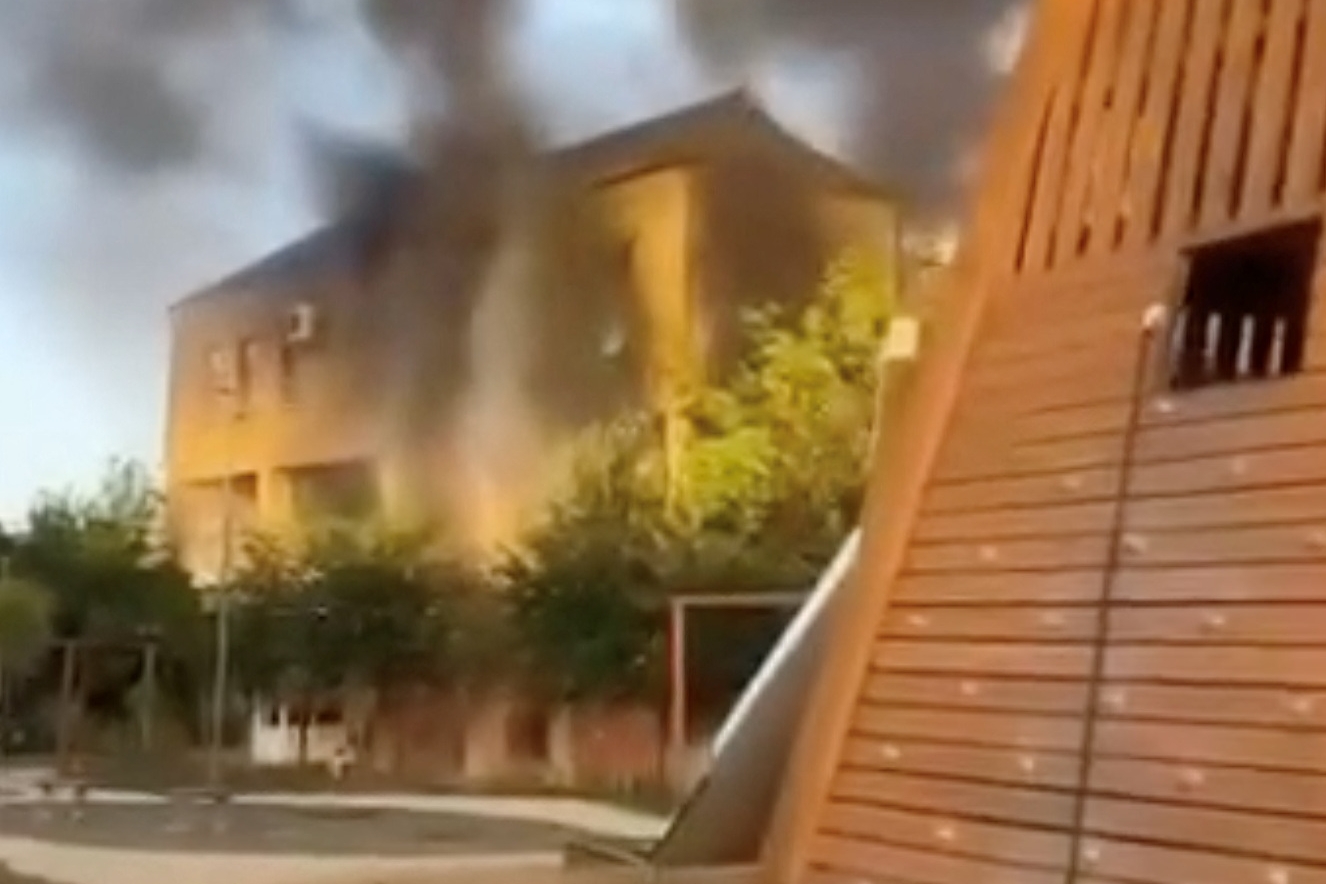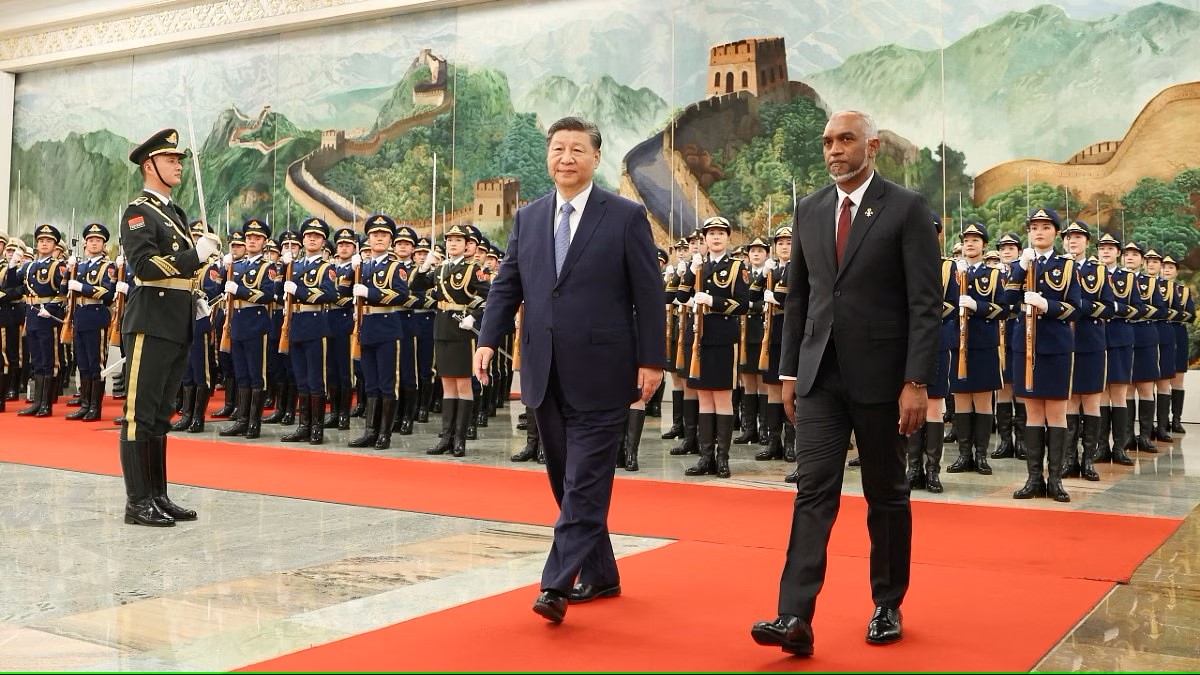Russia’s use of a nuclear-capable ballistic missile on Thursday represents a major escalation in the Ukraine war. It signals a new phase in Moscow’s conflict with the West, with potentially dangerous implications.
The missile launched was described by Vladimir Putin as having multiple warheads and was used in offensive combat. This marks a dramatic shift from the Cold War-era doctrine of deterrence.
The First Use of MIRV in Combat
Experts say this is the first time a ballistic missile with multiple warheads—known as MIRVs (Multiple Independently Targeted Reentry Vehicles)—has been used in combat. According to Hans Kristensen, director of the Nuclear Information Project at the Federation of American Scientists, this is the first instance of a MIRV being deployed offensively.

The Role of Ballistic Missiles in Deterrence
Ballistic missiles have long been central to the idea of mutual assured destruction. The concept is simple: if even a few missiles survive a nuclear attack, the enemy would have enough firepower left to destroy major cities in retaliation. This deterrence is meant to prevent any nuclear power from launching a first strike.
A Shift Toward Risk
However, experts like Kristensen argue that the use of MIRV missiles could invite a first strike rather than deter it. The logic is that it’s easier to destroy warheads before launch, rather than trying to stop them once they’re in flight at hypersonic speeds.
Videos from Thursday’s strike showed multiple warheads descending at different angles, and each warhead would need to be intercepted by an anti-missile rocket. This is a daunting task even for the most advanced air defense systems.
Raising Global Fears
While the warheads launched on Dnipro, Ukraine, were not nuclear, their use in conventional combat raises serious concerns. It adds new uncertainty to an already tense world.
Importantly, Russia did inform the U.S. before the missile launch, but this still heightens fears across Europe. The question now is: Will the next missile be nuclear? And, has deterrence finally failed?
This missile launch has ratcheted up tensions globally, leaving many wondering about the future of nuclear deterrence and the potential risks of further escalation.




